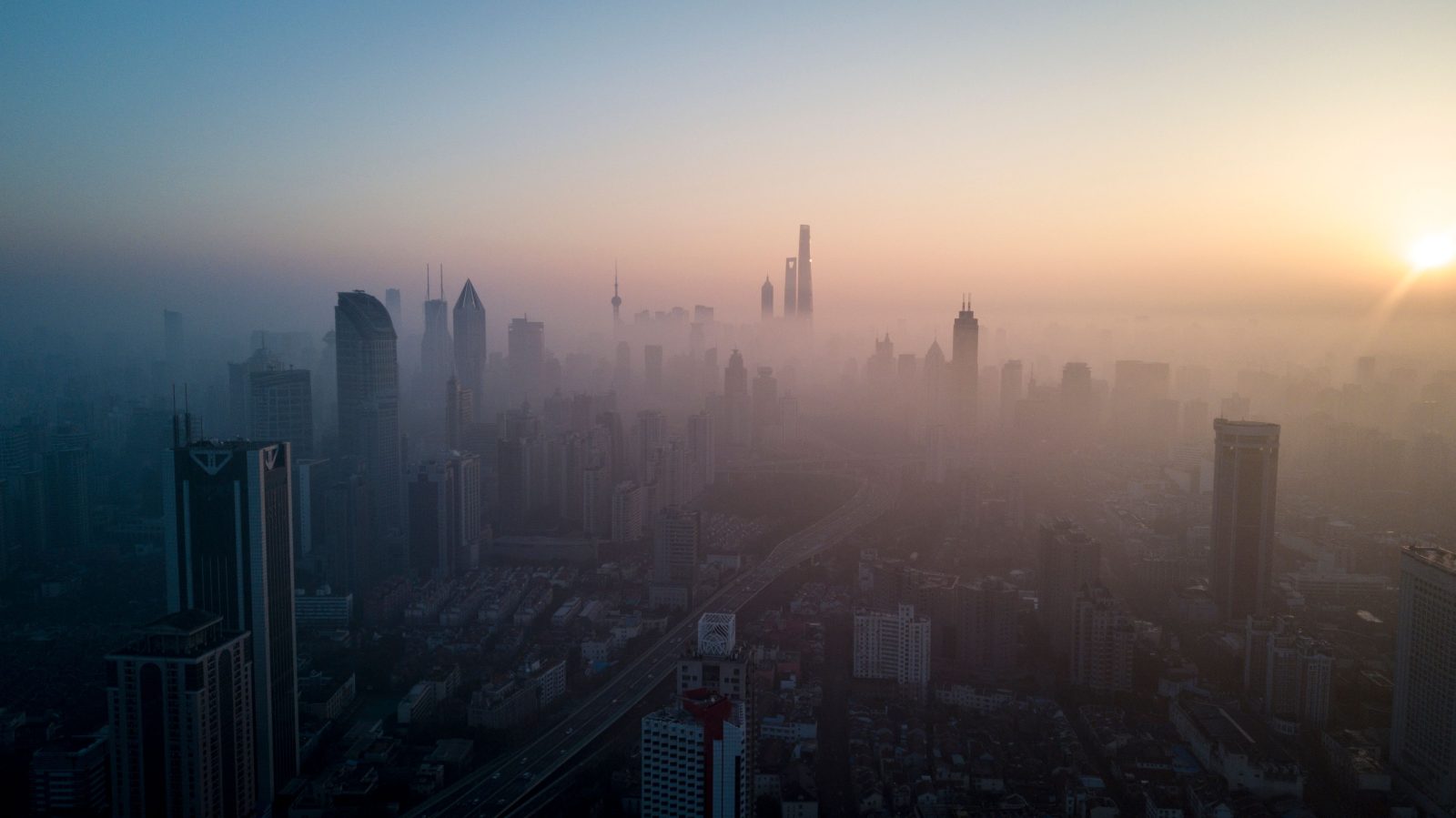
For China’s 1.4 billion people, the simple act of breathing has long been something of a risk. Living in the ninth-dirtiest country in the world in terms of air quality, China’s residents lose an average of 2.6 years of life per capita due to atmospheric pollution alone. The greatest risk, of course, is pulmonary, with air pollution leading to shortness of breath, wheezing, coughing, asthma episodes, and chest pain. But pollution affects the heart too; the U.S. Environmental Protection Agency reports that exposure to fine-particulate matter as well as to nitrogen oxides alone can lead to premature aging in blood vessels as well as rapid buildup of calcium in the coronary artery.
Now, a new study in the Canadian Medical Association Journal has closely tied air pollution linked to the burning of fossil fuels, especially coal, to another heart risk: arrhythmia, or irregular changes in heartbeat. The study not only found that exposure to air pollution leads to arrhythmias—but that it leads to them quickly, with the heart responding in real time to changes in air quality in a given location. That’s bad news, as arrhythmias can result in blood clots, stroke, heart failure, and even sudden death in some cases.
“We found that acute exposure to ambient air pollution was associated with increased risk of symptomatic arrhythmia,” said Dr. Renjie Chen, of Fudan University in Shanghai, one of the paper’s 20 co-authors, in a statement. “The risks occurred during the first several hours after exposure and could persist for 24 hours.”
Change in China’s emissions profile is long overdue. The country emits 27% of the world’s total output of carbon dioxide and 30% of its overall greenhouse gasses. Beijing’s much touted green transition aims to see the country reach peak carbon emissions by 2030 and then fall to carbon neutrality by 2060. But those good intentions are off to a slow start. Even as the country leads the world in solar and wind power production, China is still authorizing the construction of six times more coal-fired power plants than the rest of the planet combined, greenlighting an average of two plants per week in 2022. China, of course, is not alone in sticking by fossil fuels—and all of their risks. The U.S. is the world’s second largest emitter of greenhouse gasses and there is no nation yet that has gone entirely green. All of this spells trouble for the health of anyone anywhere, but it is in China, with its huge population and its especially dirty skies, where the problem is the worst.
Chen and his colleagues gathered data from 2,025 hospitals in 322 cities in China, ranging from 2015 to 2021, and encompassing 190,115 patients who went to emergency rooms complaining of arrhythmia. The researchers cross-indexed those reports with records from air quality monitoring stations located within 50 km (31 miles) of each hospital, on the day each patient appeared. The average range for each monitoring station was actually much closer—just 4.4 km (2.7 miles) from each hospital.
The researchers studied four different types of arrhythmia:
As for pollutants, the study focused on records of the six most common and dangerous ones tracked by the air quality monitoring stations:
Within the entire 190,115-person sample group, atrial fibrillation was the most common arrhythmia, affecting 50.6% of the people included in the study; supraventricular tachycardia was next, with 24.8%; followed by premature beats, at 21.9% and atrial flutter at 2.8%. Not all of the conditions were affected by the pollutants equally. Atrial flutter and supraventricular tachycardia appeared to be the most closely associated to dirty atmospheric conditions; The former increased about 18% on especially dirty days and the latter jumped about 13%.
Of the six pollutants, nitrogen dioxide was the most damaging, increasing the odds of all four types of arrhythmia. Incidents of atrial flutter increased 11.4% on days when nitrogen dioxide levels were high; for ventricular tachycardia it was 8.9%, followed by premature beats at 3.7% and atrial fibrillation at 3.4%.
As might be expected, geography and season played a role in who was getting arrhythmia from exposure to air pollution. The greatest incidence was in the heavily industrial south; dirty air was most common in the fall and winter—when more coal is being burned for heating.
As for the exact mechanism that causes the six pollutants to lead to arrhythmia, the researchers admit they are not certain. Among the possibilities they list are some impact on the electrical activity of the heart; systemic inflammation; and general impairment of the autonomic nervous system, which regulates not just heart rate, but blood pressure, respiration, digestion, and more.
“Although the mechanisms are not fully understood,” the researchers wrote, “the association between air pollution and acute onset of arrhythmia we observed is biologically plausible. Our findings … highlight the necessity of more stringent air pollution control, as well as prompt responses for susceptible populations during episodes of air pollution.” That’s good advice for China—and the rest of the fossil fuel-burning world as well.
More Must-Reads from TIME
- Cybersecurity Experts Are Sounding the Alarm on DOGE
- Meet the 2025 Women of the Year
- The Harsh Truth About Disability Inclusion
- Why Do More Young Adults Have Cancer?
- Colman Domingo Leads With Radical Love
- How to Get Better at Doing Things Alone
- Michelle Zauner Stares Down the Darkness
Write to Jeffrey Kluger at jeffrey.kluger@time.com